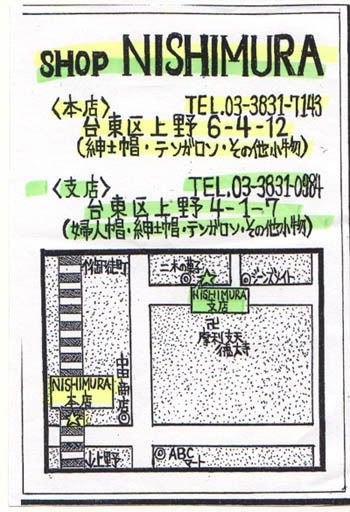Jauntyone
Practically Family
- Messages
- 792
- Location
- Puy-de-Dôme, France
Great photos, Diazawaduy!
Is there anywhere foreigners can buy these Japanese-made Knox hats?
Is there anywhere foreigners can buy these Japanese-made Knox hats?









